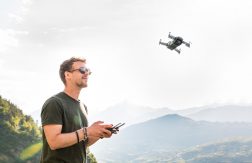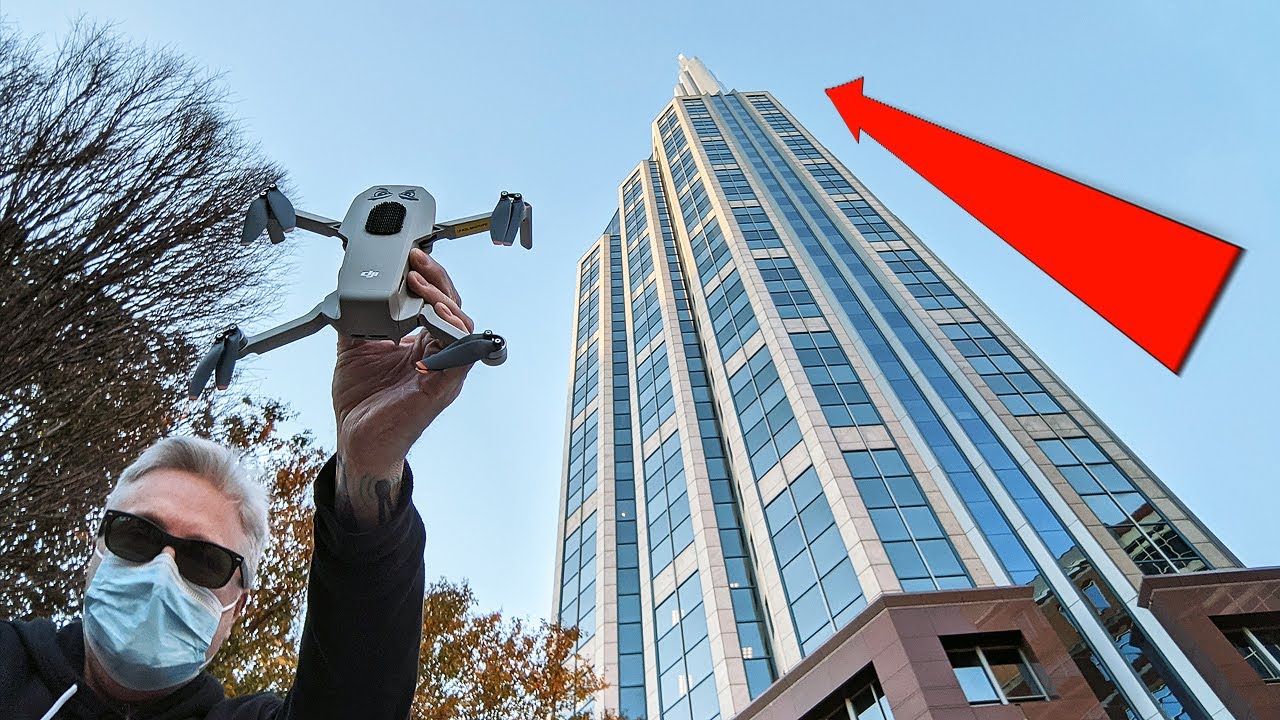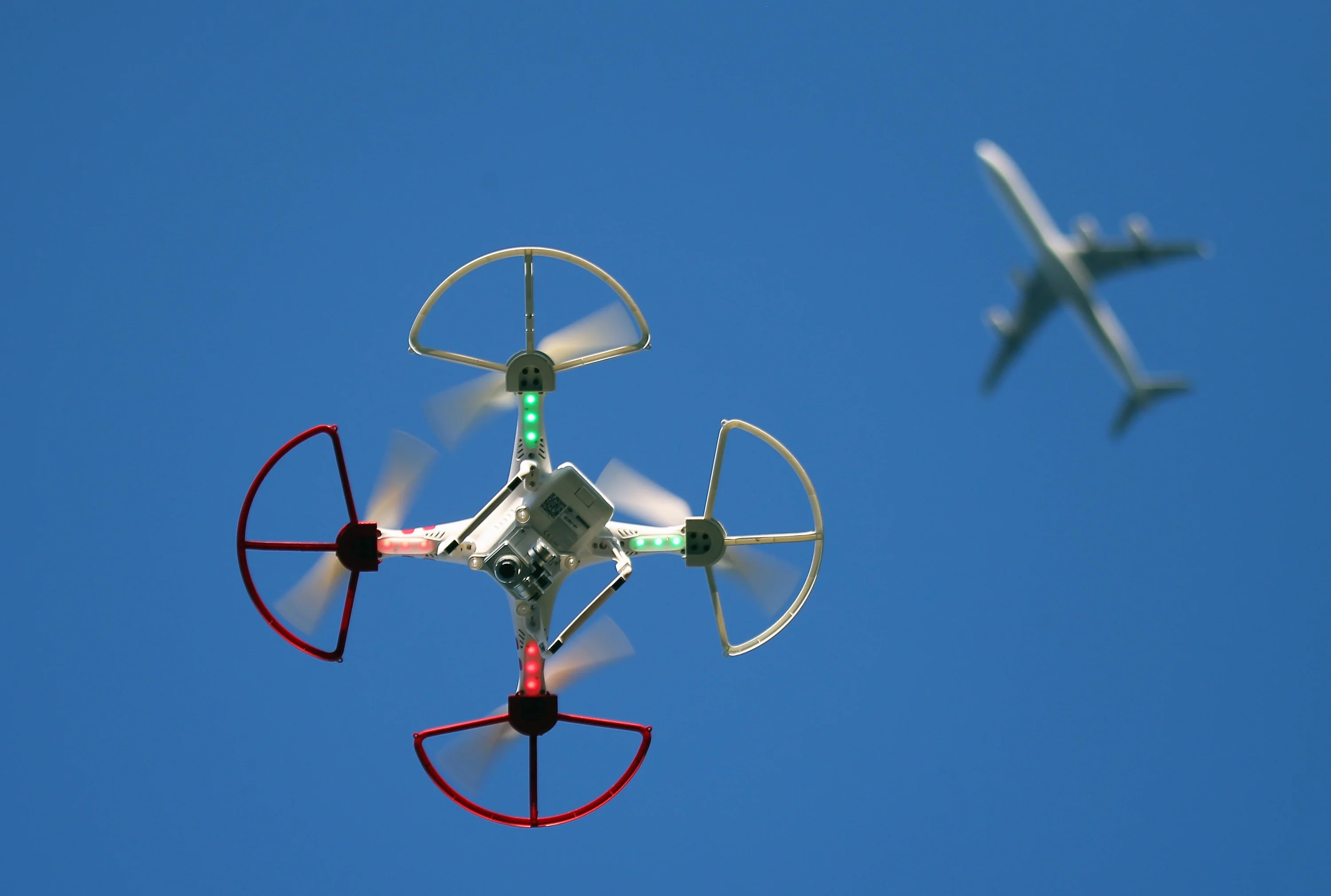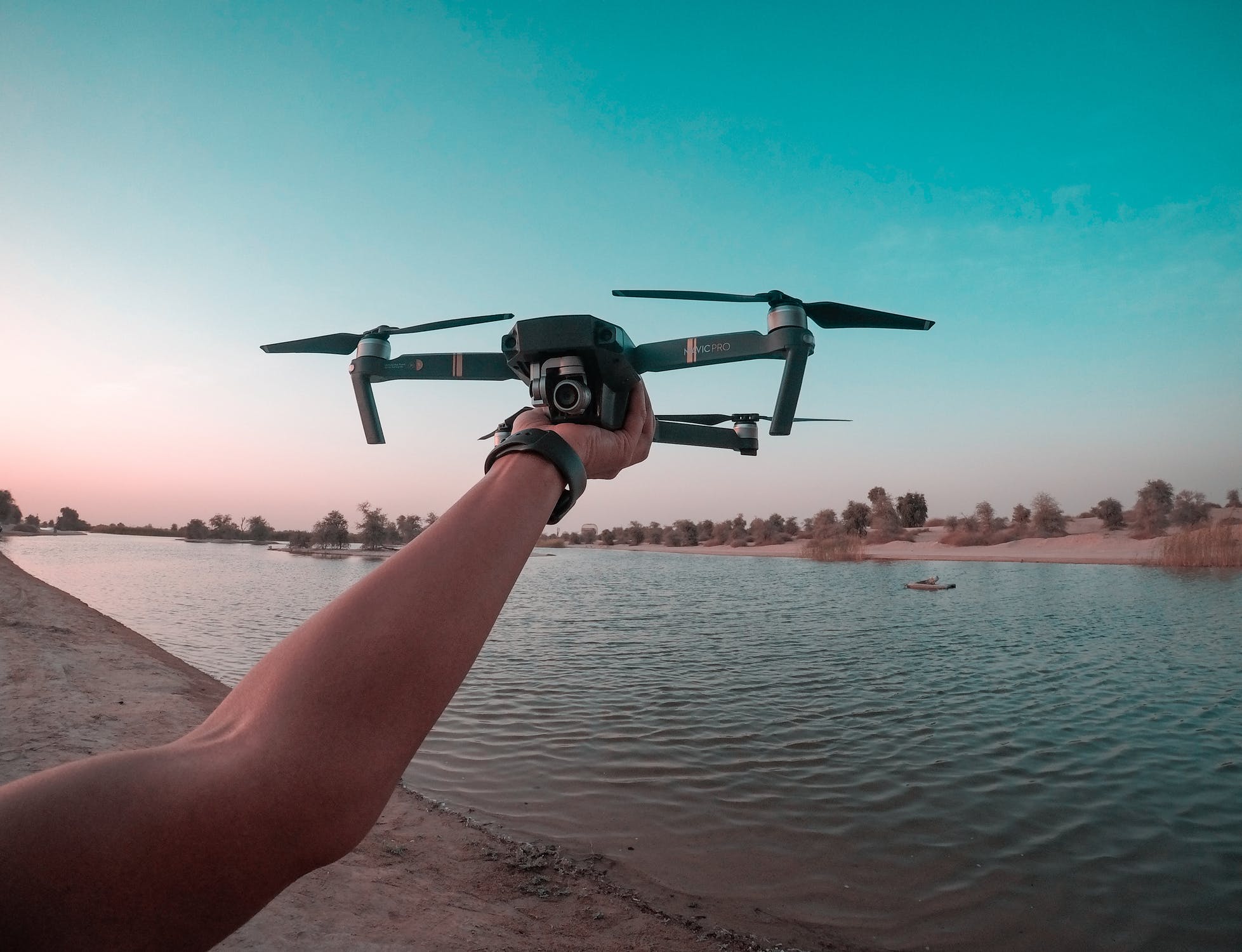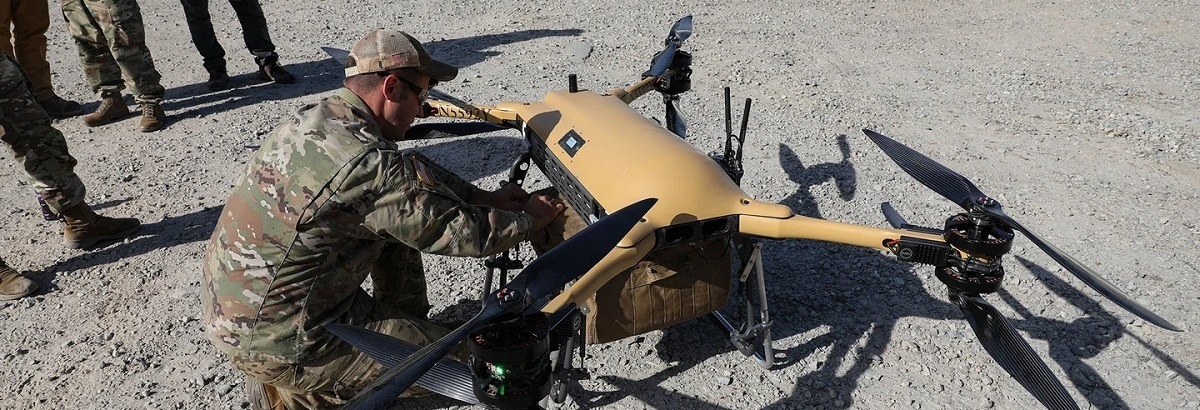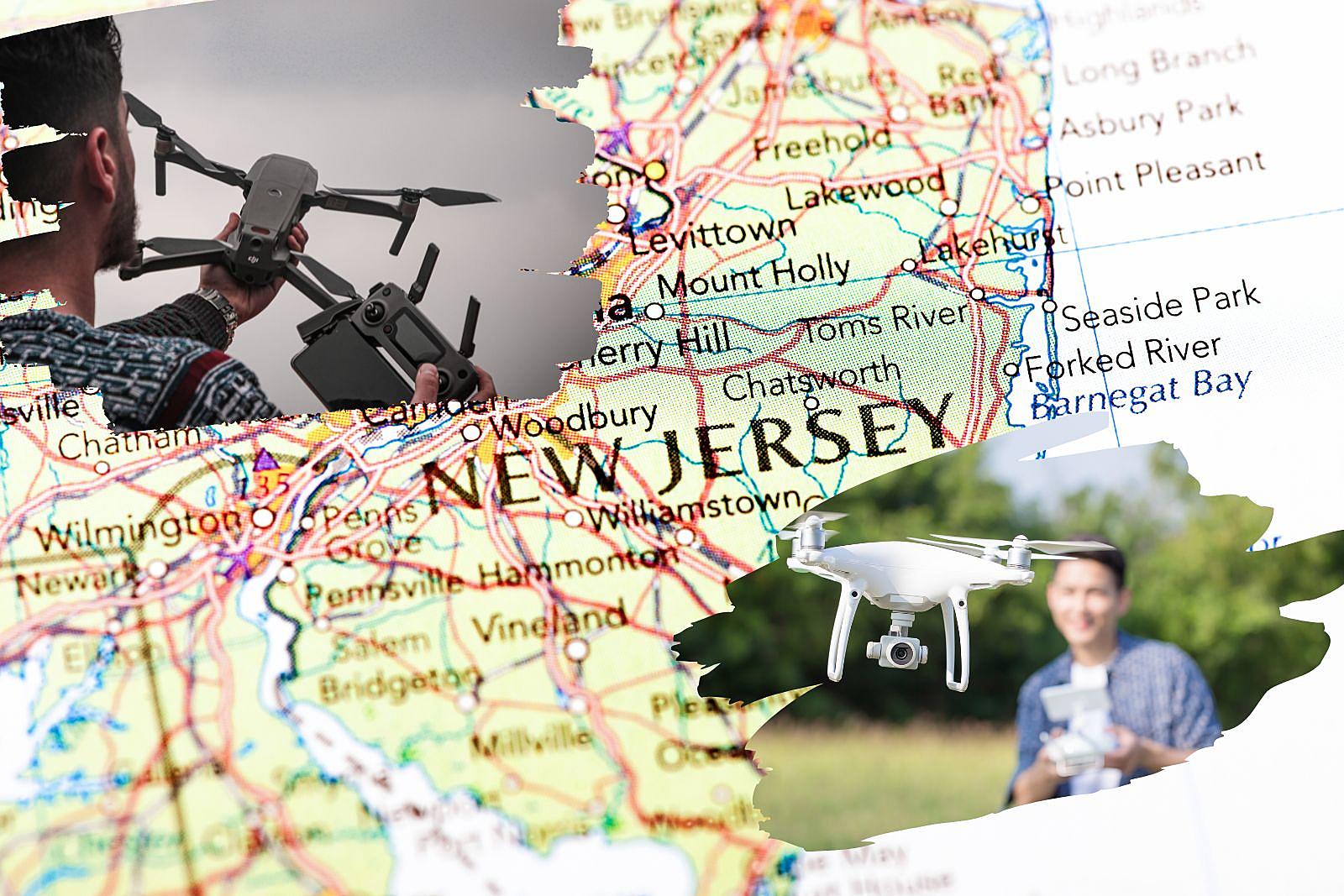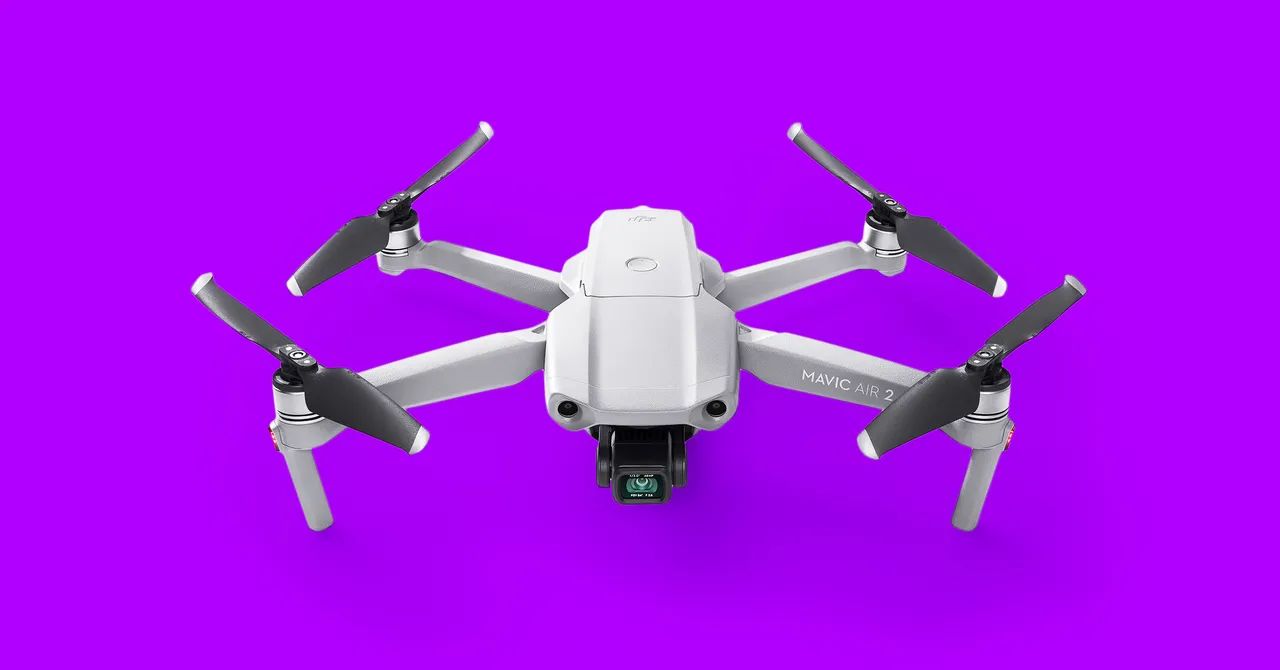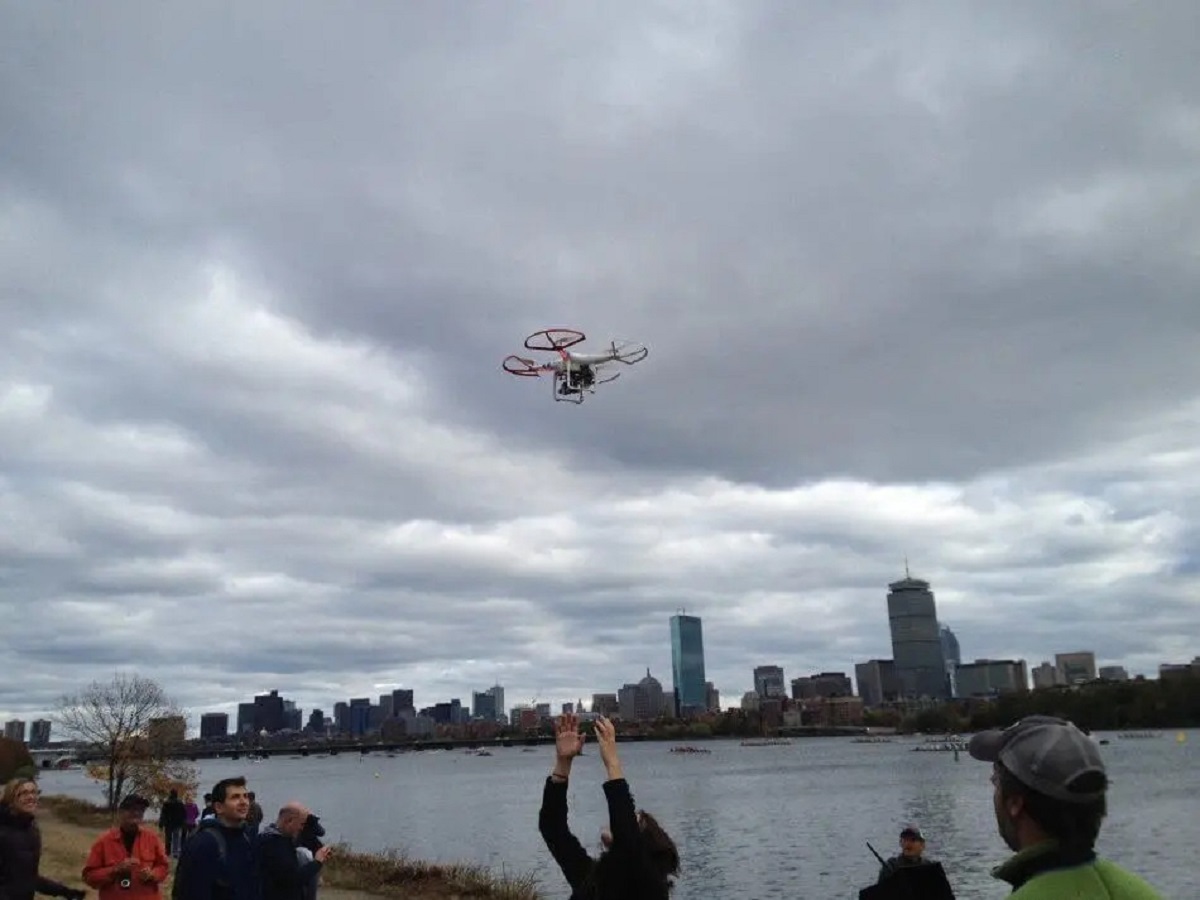Introduction
Drones have become increasingly popular in recent years, with their applications ranging from aerial photography to package delivery. One of the key features that drone enthusiasts and professionals alike are interested in is the maximum altitude that a drone can reach. The ability to fly at higher altitudes opens up new possibilities for capturing breathtaking aerial footage or surveying large areas of land.
However, the maximum altitude that a drone can reach is determined by various factors, including technical specifications, regulatory restrictions, and safety considerations. Understanding these factors is crucial for both hobbyist drone pilots and professional operators to ensure safe and legal operations.
In this article, we will explore the factors that determine the maximum altitude of a drone and discuss the legal limitations that must be adhered to. We will also delve into the different maximum altitudes for consumer drones and professional-grade drones, as well as the impact of altitude on drone performance. Lastly, we will provide some safety precautions to consider when flying at higher altitudes.
So, if you’re curious about how high a drone can fly and what factors come into play, let’s dive in and explore the world of drone altitudes!
Factors that Determine the Maximum Altitude of a Drone
The maximum altitude that a drone can reach is influenced by several key factors. These factors can vary depending on the drone’s design, capabilities, and intended use. Understanding these factors is essential for drone pilots to ensure safe and efficient operations. Let’s take a closer look at the factors that determine the maximum altitude of a drone:
- Battery Life: The battery life of a drone directly affects its maximum altitude. As the drone flies higher, it consumes more power to maintain stability and navigate against wind resistance. Drones with longer battery life can generally reach higher altitudes compared to those with shorter battery life.
- Weight and Payload: The weight of a drone, including its payload such as cameras or sensors, also plays a significant role in its maximum altitude. Heavier drones require more power to ascend, limiting their ability to reach higher altitudes. It’s important to consider the weight of the drone and the payload it carries when determining its maximum altitude.
- Motor Power: The power of the drone’s motors greatly influences its climbing ability. Drones with more powerful motors can generate greater thrust and climb to higher altitudes with ease. The motor power is usually specified in the drone’s technical specifications and can be a key factor in determining its maximum altitude.
- Flight Controller and Software: The flight controller and software of a drone are responsible for regulating its flight parameters, including altitude. The capabilities and settings of the flight controller can have an impact on the maximum altitude that a drone can attain. Modern drones often come with advanced flight controllers that allow precise altitude control.
- Environmental Conditions: The environmental conditions, such as temperature, air density, and wind speed, directly affect a drone’s performance and maximum altitude. In colder temperatures or at higher altitudes, the air density decreases, reducing the lift generated by the drone’s propellers. Strong winds can also limit a drone’s ability to climb to higher altitudes safely.
It’s important to note that these factors are not mutually exclusive, and they can interact with each other to determine the maximum altitude of a drone. Pilots should carefully consider these factors and ensure that their drone is capable of reaching the desired altitude safely and within legal limits. By understanding these factors, drone operators can make informed decisions and enhance their flying experience.
Legal Limitations on Drone Flight Altitude
While drones offer the freedom to explore the skies, it’s essential to understand that there are legal limitations on how high you can fly your drone. These limitations are in place to ensure the safety of airspace and the privacy of individuals. Let’s delve into the legal considerations regarding drone flight altitude:
Regulatory Framework: Different countries have their own regulatory bodies and rules governing drone operations. These regulations specify the maximum altitude at which drones can be flown. In the United States, for example, the Federal Aviation Administration (FAA) sets the legal limit at a maximum altitude of 400 feet above ground level for most drone operations.
Airspace Classifications: Airspace is divided into different classes, each with its own restrictions and requirements. The maximum altitude for drone flights may vary depending on the airspace classification. In controlled airspace, such as near airports, drone flights are typically restricted to lower altitudes for safety reasons. It’s important for drone pilots to be aware of the airspace classification in their intended operation area and adhere to the altitude limits specified.
Special Permissions: In certain circumstances, drone pilots may obtain special permissions or waivers to fly at higher altitudes. These permissions are usually granted for specific purposes, such as commercial operations or specific research projects. However, obtaining these permissions requires meeting certain criteria and demonstrating compliance with safety regulations.
Public Areas and Crowded Spaces: When flying drones in public areas or crowded spaces, additional restrictions may apply. These restrictions are in place to prevent accidents, protect privacy, and minimize disruptions. In such areas, drone operators are often required to maintain lower altitudes to ensure the safety of people and property around them.
International Regulations: If you plan to operate your drone in a different country, it’s crucial to familiarize yourself with the local aviation regulations. The maximum allowed altitude may differ from the regulations in your home country. Familiarizing yourself with international regulations will help you avoid legal issues and ensure responsible drone operations.
It is important for drone pilots to be aware of and comply with the legal limitations on drone flight altitude. Violating these limitations can not only lead to legal consequences but also compromise the safety of people and aircraft in the airspace. By understanding and adhering to these regulations, drone pilots can enjoy their flights while promoting a safe and responsible drone culture.
How High Can Consumer Drones Fly?
Consumer drones, also known as recreational drones, are widely available and offer a range of features and capabilities for hobbyist pilots. However, they are subject to certain limitations when it comes to maximum flight altitude. Let’s explore how high consumer drones can typically fly:
Regulatory Limits: In most countries, consumer drones are restricted by regulatory limits on maximum flight altitude. As mentioned earlier, in the United States, the FAA sets the limit at 400 feet above ground level for most drone operations. This altitude limit helps ensure the safety of manned aircraft and prevents potential conflicts in airspace.
Manufacturer Specifications: Consumer drones also have altitude limitations determined by their design and technical specifications. Drone manufacturers often specify the maximum flight altitude in their product documentation. It is common for consumer drones to have a maximum altitude range of around 300 to 500 feet. However, these limits may vary depending on the specific model and its capabilities.
Built-in Safety Features: Many consumer drones come equipped with built-in safety features designed to prevent them from flying beyond certain altitudes. These features, such as geofencing and altitude limits, help ensure compliance with regulatory restrictions and enhance the overall safety of drone operations. These safety features are vital for preventing accidents and promoting responsible flying practices.
Pilot Control and Best Practices: Even though consumer drones may have the ability to reach higher altitudes, it’s important for pilots to exercise caution and adhere to legal and safety guidelines. Pilots should always keep their drones in their visual line of sight and avoid flying them near airports, crowded areas, or sensitive locations. Responsible drone operators prioritize safety and follow best practices to ensure the well-being of others and the longevity of the hobby.
It’s important to note that the maximum flight altitude of consumer drones may be limited compared to professional-grade drones. While consumer drones offer plenty of exciting features, they are primarily designed for recreational purposes and are subject to regulatory and design constraints.
By being aware of and respecting the maximum altitude limitations of consumer drones, hobbyist pilots can enjoy their flights while ensuring compliance with regulations and promoting a positive perception of drone use.
How High Can Professional Drones Fly?
Professional drones, also known as commercial or industrial drones, are designed for specialized applications that require advanced capabilities and higher performance. These drones often have the ability to reach greater altitudes compared to consumer-grade models. Let’s explore how high professional drones can typically fly:
Higher Maximum Altitude: Professional drones are built to handle more demanding operations, which may involve flying at greater altitudes. While consumer drones are typically limited to around 300 to 500 feet, professional drones can often reach altitudes of several thousand feet or even higher, depending on the specific model and its capabilities. Some specialized professional drones can even operate at altitudes exceeding 10,000 feet above sea level.
Regulatory Considerations: Despite the potential for higher altitude capabilities, professional drone operators still need to adhere to applicable regulations and obtain necessary permissions, especially when operating at extreme altitudes. The specific rules and limitations vary across regions and countries, and it’s important for operators to be aware of and comply with the local aviation regulations governing drone operations, including altitude restrictions.
Applications and Payload: The altitude capabilities of professional drones often depend on the type of applications they are designed for and the payload they carry. For example, drones used for aerial surveys, mapping, or inspection tasks may have features and components that enable them to fly at higher altitudes to capture more extensive and detailed data. The payload weight and stability requirements are also factors to consider when determining the maximum altitude of professional drones.
Advanced Flight Control Systems: Professional drones generally have more advanced flight control systems compared to consumer models. These systems enable precise altitude control, allowing operators to fly at specific altitudes and maintain stability even in challenging conditions. The combination of advanced flight control software and robust hardware allows professional drones to operate effectively at higher altitudes.
It’s important to note that flying professional drones at higher altitudes requires expertise, proper training, and adherence to safety protocols. Professional operators should have a thorough understanding of the drone’s capabilities and limitations, as well as considerations such as weather conditions and airspace restrictions.
Overall, professional drones offer greater altitude capabilities and are tailored to meet the specific requirements of commercial applications. This allows professional operators to capture detailed data, perform inspections, and conduct other specialized tasks at higher altitudes.
The Impact of Altitude on Drone Performance
Altitude plays a significant role in the performance of a drone, affecting various aspects of its operation. As drones ascend to higher altitudes, certain factors come into play that can influence their capabilities and performance. Let’s explore the impact of altitude on drone performance:
Air Density and Lift: As the altitude increases, the air density decreases. This reduction in air density affects the drone’s lift generation, affecting its ability to stay airborne. Drones rely on the lift generated by their propellers to counteract gravity and maintain stable flight. At higher altitudes, drones may experience reduced lift, which could lead to decreased stability and maneuverability.
Wind Resistance and Stability: The wind speed tends to increase with altitude. Strong winds can pose challenges for drone flight, causing instability and making it difficult for the drone to maintain its desired altitude. Drone pilots need to be aware of wind conditions and adjust their flight parameters accordingly, especially when operating at higher altitudes where wind speeds may be more significant.
Battery Performance: Operating at higher altitudes can impact the performance of a drone’s battery. Colder temperatures and reduced air density can affect the battery’s efficiency, leading to shorter flight times and reduced overall performance. Drone pilots should take these factors into account and ensure that they have sufficient battery capacity for their intended altitude and flight duration.
GPS and Navigation: GPS signals can be weaker at higher altitudes or in areas with limited satellite coverage. This can impact the accuracy and reliability of a drone’s navigation system, potentially leading to reduced positional accuracy and flight performance. Drone pilots should be aware of potential GPS signal issues and take appropriate precautions, such as calibrating their drone’s compass and using additional navigation aids if necessary.
Data Transmission: Drones equipped with video or data transmission capabilities may experience limitations when operating at higher altitudes. The range and quality of signal transmission can be affected by factors such as altitude, terrain, and interference. Operators should consider these limitations when planning flights that involve real-time video streaming or data transmission capabilities.
It’s crucial for drone pilots to understand the impact of altitude on drone performance and consider these factors when planning their flights. By accounting for altitude-related challenges, pilots can optimize their flight operations, ensure the safety of their drones, and achieve the desired results for their specific applications.
Safety Precautions When Flying at Higher Altitudes
Flying drones at higher altitudes presents unique challenges and requires vigilant attention to safety. To ensure the well-being of both the drone and the surrounding environment, drone operators should take the following safety precautions when flying at higher altitudes:
Know and Comply with Regulations: Familiarize yourself with the local regulations governing drone operations at higher altitudes. Be aware of any specific altitude limits or permissions required for your intended flight area. Adhering to these regulations is crucial for maintaining safety and legal compliance.
Check Weather Conditions: Before flying at higher altitudes, thoroughly check the weather conditions in the area. Strong winds, precipitation, or turbulence can impact the stability and control of the drone. Avoid flying in adverse weather conditions that can compromise safety.
Inspect and Maintain Your Drone: Perform a thorough pre-flight check of your drone, paying close attention to critical components such as the motors, propellers, and battery. Ensure that all parts are in good working condition and that firmware and software are up to date. Regularly maintain your drone to minimize the risk of equipment failure.
Monitor Battery Levels: Flying at higher altitudes consumes more power due to increased wind resistance. Monitor your drone’s battery levels closely to ensure you have enough power for a safe return journey. Avoid pushing the limits of your battery and consider reducing flight times to account for increased power consumption.
Keep Visual Line of Sight: Maintain visual contact with your drone at all times, especially at higher altitudes where it may be more challenging to spot. Losing sight of the drone can lead to loss of control and potential accidents. Use spotters if necessary to maintain visual contact.
Plan for Emergency Situations: Have a contingency plan in place for emergency situations, such as a loss of signal or a malfunction. Understand the emergency procedures provided by your drone manufacturer and practice them in a controlled environment before flying at higher altitudes.
Warn Others and Respect Privacy: If you are flying your drone near other people or private property, take precautions to ensure their safety and respect their privacy. Warn individuals in the vicinity of your flight intentions and do not infringe upon their personal space or property without permission.
Monitor Air Traffic: Be aware of any nearby manned aircraft or other drones in the area. While flying at higher altitudes, there may be increased risks of encountering other aircraft. Maintain a safe distance and stay alert to prevent any potential collisions.
Practice Responsible Flying: Always prioritize safety and responsible drone operation. Stay updated on the latest drone flying best practices, adhere to the Drone Safety Code or similar guidelines, and continuously improve your piloting skills.
By following these safety precautions, drone operators can minimize the risks associated with flying at higher altitudes and create a safe environment for themselves, others, and their drones. Remember, safety should always be the top priority when operating drones.
Conclusion
Understanding the maximum altitude that drones can reach is essential for both hobbyist and professional drone operators. The maximum altitude is influenced by various factors, including battery life, weight and payload, motor power, flight controller capabilities, and environmental conditions. Additionally, there are legal limitations on drone flight altitude set by regulatory bodies to ensure the safety of airspace and individuals.
Consumer drones typically have altitude limits of around 300 to 500 feet, while professional drones can reach higher altitudes, often exceeding several thousand feet. However, it’s crucial to comply with local regulations, obtain necessary permissions, and adhere to safety precautions when flying at higher altitudes.
The impact of altitude on drone performance cannot be ignored. Factors such as air density, wind resistance, battery efficiency, GPS signal strength, and data transmission can all be affected as the drone ascends to higher altitudes. Understanding these impacts and adapting flight plans accordingly will help drone pilots ensure safe and successful operations.
When flying at higher altitudes, it’s important to prioritize safety. Knowing and complying with regulations, checking weather conditions, inspecting and maintaining the drone, monitoring battery levels, maintaining visual line of sight, and respecting privacy are critical measures to take. In addition, being aware of air traffic, having emergency plans in place, and practicing responsible flying are key to prevent accidents and minimize risks.
By considering all these factors and taking necessary precautions, drone pilots can enjoy the exciting opportunities that flying at higher altitudes offers. Whether capturing stunning aerial footage or conducting professional-grade operations, responsible drone flying at higher altitudes ensures the safety of the drone, the operator, and the surrounding environment.









